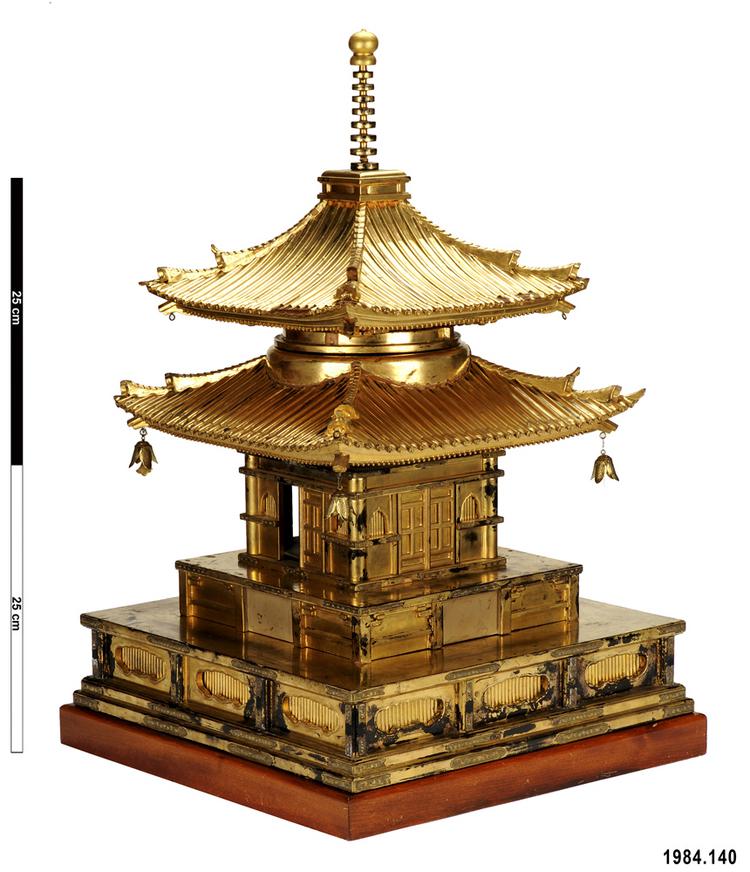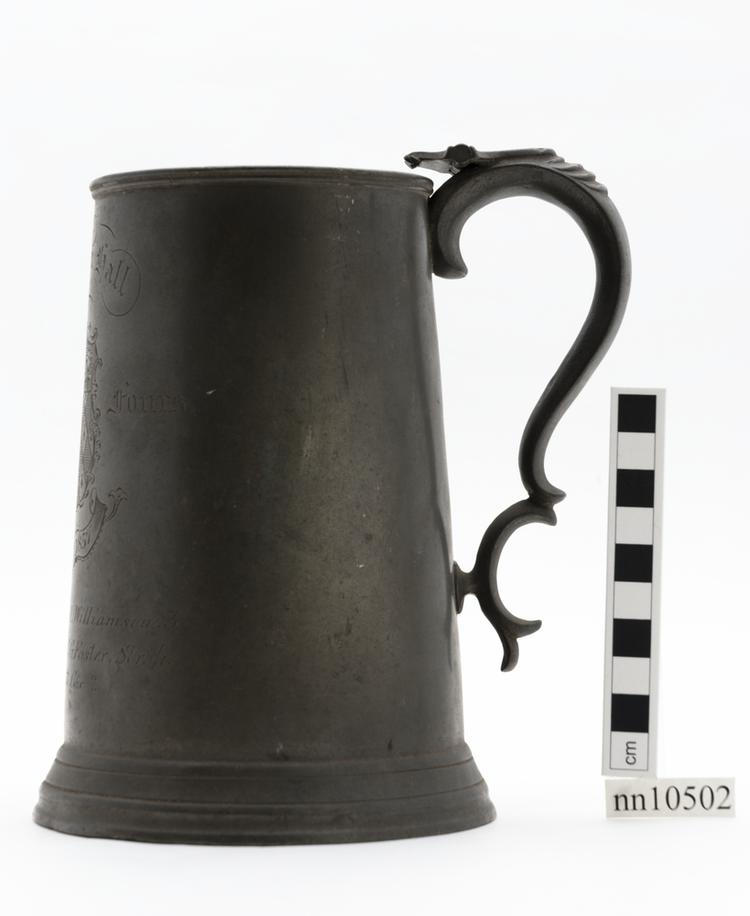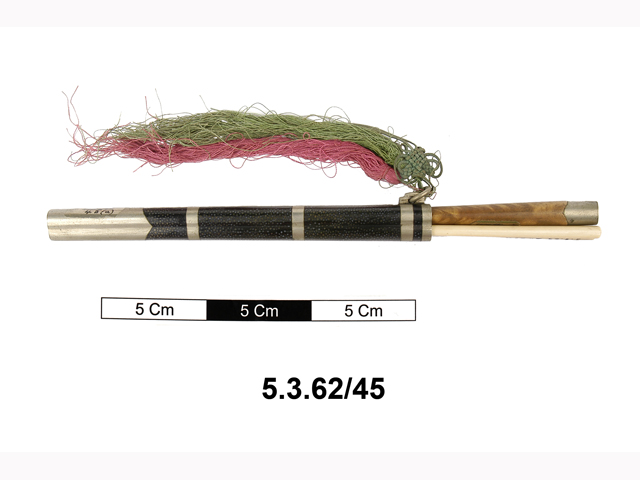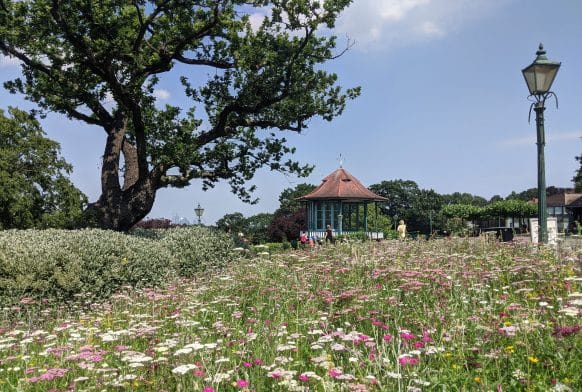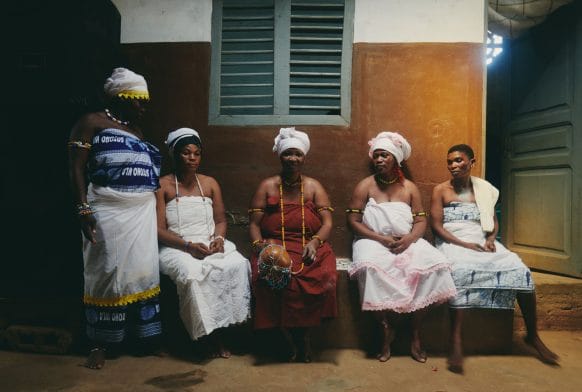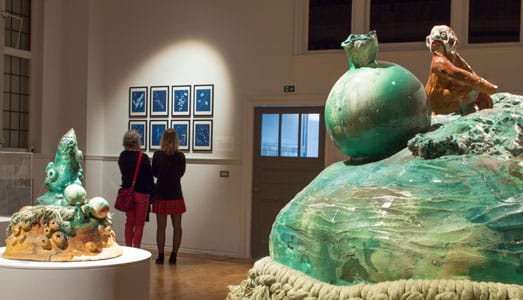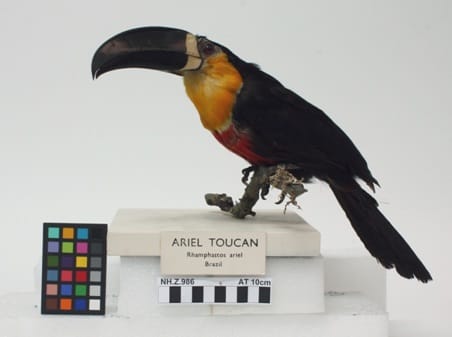Headrests carved from the solid with two flared, parallel grooved crossbar (pillow) supports (also referred to as legs) are often provenanced or attributed to the Swazi (a North Nguni people). These distinctively Swazi headrests frequently feature a central, pendulous lug, which may suggest an umbilicus. The headrest is both zoomorphic and anthropomorphic – its form if suggestive of a quadruped, particularly cattle, and the legs are said to resemble the cowhide woman’s skirt (sidwaba).
Traditionally, within Swazi culture 'a skirt of oxhide, sidwaba, was made by the father of a young woman about to be married, in recognition of her new status' ((Hooper, Davison and Klinghardt, 1989: 379). Notwithstanding, it could be 'worn by any woman who had a child, even if unmarried' ((Hooper, Davison and Klinghardt, 1989: 380).
For a closely related headrest in the Brenthurst Collection at the Johannesburg Art Gallery (JL-E-32), see Davison fig. 77, p 88, catalogue number 217.
See also Klopper, 1991; Nettleton, 2007.
Headrests carved from the solid with two flared, parallel grooved crossbar (pillow) supports (also referred to as legs) are often provenanced or attributed to the Swazi (a North Nguni people). These distinctively Swazi headrests frequently feature a central, pendulous lug, which may suggest an umbilicus. The headrest is both zoomorphic and anthropomorphic – its form if suggestive of a quadruped, particularly cattle, and the legs are said to resemble the cowhide woman’s skirt (sidwaba). Traditionally, within Swazi culture 'a skirt of oxhide, sidwaba, was made by the father of a young woman about to be married, in recognition of her new status' (Hooper, Davison and Klinghardt, 1989: 379). Notwithstanding, it could be 'worn by any woman who had a child, even if unmarried' (Hooper, Davison and Klinghardt, 1989: 380). For a closely related headrest in the Brenthurst Collection at the Johannesburg Art Gallery (JL-E-32), see Klopper (1991, p 88, fig 77) and Havran (1991, p 160, catalogue number 217). See also Klopper, 1991; Nettleton, 2007.



